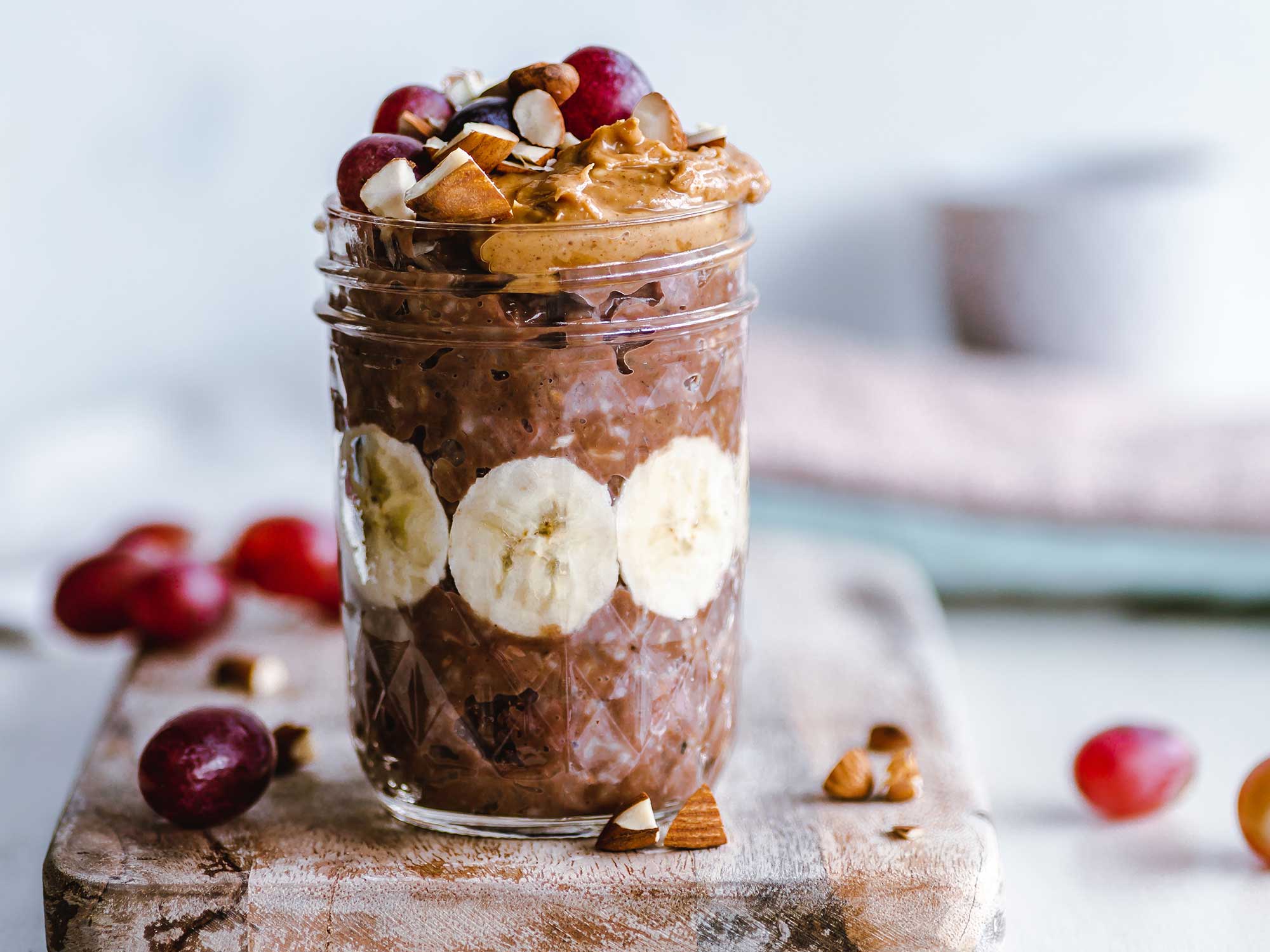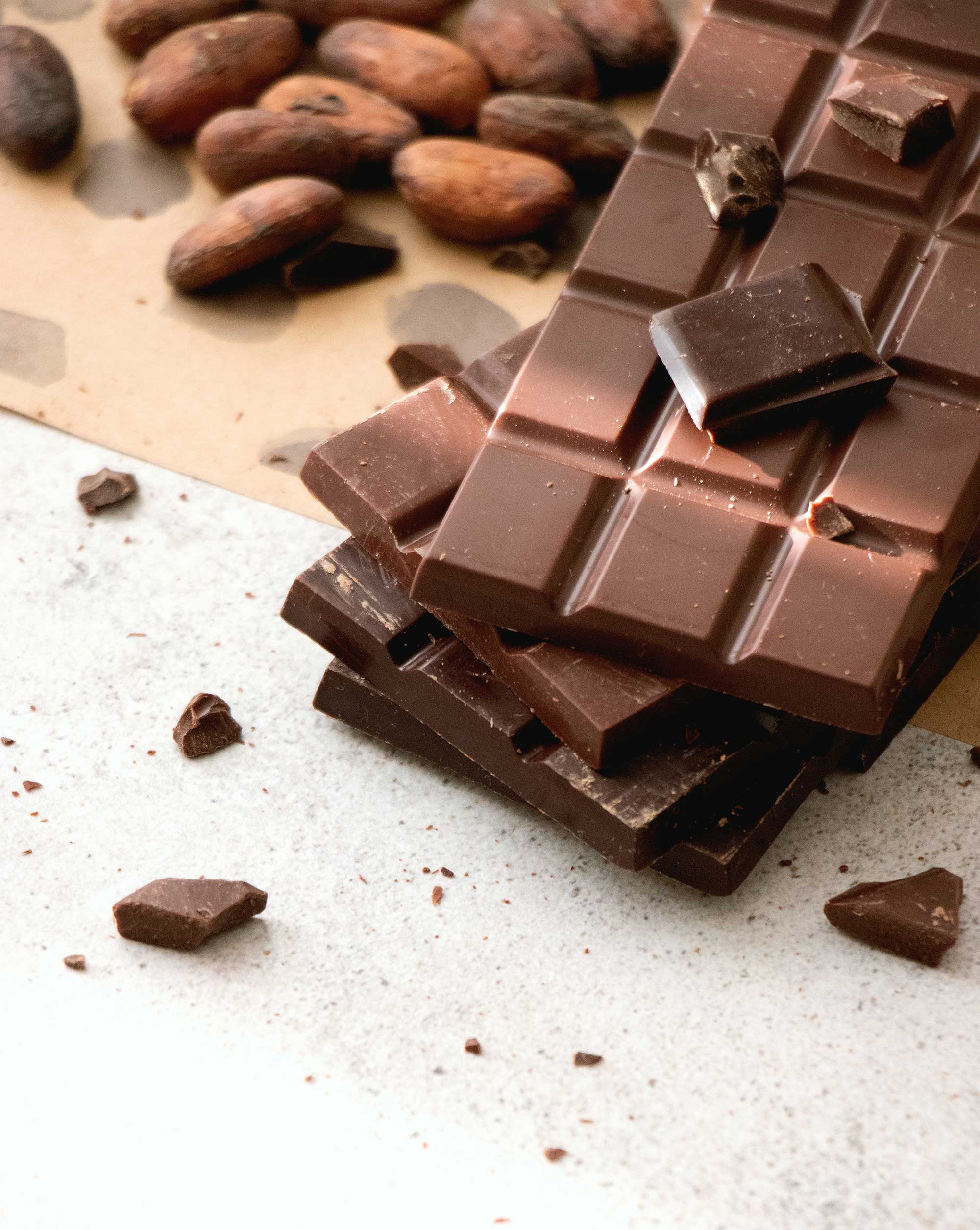
HOW TO MAINTAIN A HEALTHY WEIGHT – PART 7
HOW TO MAINTAIN A HEALTHY WEIGHT – PART 7
WHY WORRY?
In Australia it is estimated that by the year 2050 there will be approximately 1.75 million deaths annually as a result of obesity.4
Obesity is now the single most preventable cause of disease in men
and women.5
Research indicates that obesity increases your risk of, or worsens, a myriad of conditions including type 2 diabetes,6 heart disease,7 stroke,8 high blood pressure,7 asthma,9 sleep apnoea,10 osteoarthritis,11 certain types of cancer (including bowel cancer),12 post-menopausal breast cancer,12 fatty liver,13 and polycystic ovarian syndrome.14.

What are you talking about?
ENERGY
When we use the word energy here, we’re talking about the nutrients in food where the molecules are arranged in such a way that our bodies are able to break them apart and utilise the energy that was holding them together.
Our bodies use energy to do things like moving muscles, making new cells, producing hormones and other substances, and thinking.
The amount of energy in food, and the amount of energy our body uses, is expressed in the units of kilojoules (or calories).
SOURCES OF ENERGY
Food contains four nutrients from which we can obtain energy.
Protein and carbohydrates each contain 17 kilojoules per gram, alcohol has 29 kilojoules per gram, and fat has 37 kilojoules per gram.

ENERGY DENSITY
This refers to how much energy is packed into a particular food.
For example, 16 carrots contain the same energy as one slice of carrot cake.15
The carrots—a much greater volume of food—have a low energy density, while the cake—a much smaller volume of food—has a high energy density.
HEALTHY WEIGHT, OVERWEIGHT AND OBESE
Body weight can be assessed using the Body Mass Index (BMI), which is calculated using the equation below.
Weight/Height2 (Kg/m2)
A BMI between 18.5kg/m2 and 25kg/m2 is considered healthy.
Over 25kg/m2 and up to 30kg/m2 is overweight.
Anything over 30kg/m2 is considered obese.16
Keep in mind that the BMI score does have some limitations, so there are some circumstances in which these categories are not appropriate.

Why are we Fatter?
There is good and growing evidence that obesity has a genetic basis,17 explaining why some people gain weight more easily than others.
But it doesn’t explain why the overall population has become fatter over the last 20–30 years.
Two key elements have changed for the Australian population.
We spend more of our time sitting down, and what we eat and drink is significantly different to previous generations.
These lifestyle changes have serious impacts on our day-to-day energy balance, with considerable implications for our body weight.18,19
As we gain weight, our physiology changes.
Our body fat causes resistance to insulin, the hormone that regulates the way our body uses energy; in particular glucose.20
To a large degree, the secret to maintaining a healthy body weight is to balance energy input with energy output.
The amount of energy we consume in our food shouldn’t exceed the amount of energy we use up with our daily activity.
When it does, the excess is generally stored as body fat, stockpiled away for a future time of need

BALANCE
Maintaining energy balance is more difficult now because we are inherently less active.
We drive to work, school and the shops, instead of walking or riding bikes.
We sit at a desk all day, or perhaps on a tractor, instead of doing the physically hard work of the pre-sedentary era.21
The impact of our reduced physical activity is multiplied when coupled with the way our food supply and eating habits have changed.22
Take-away food outlets, with high fat, fried foods, are common.
Portion sizes for drinks, meals and snacks have often been super-sized.
We snack more often, and consume soft drink like it’s water.
Food and drinks that were once reserved for rare indulgences have become daily treats.
Processed foods and meals—often containing high amounts of hidden fats and sugars—have replaced many home cooked items.23
Unless we are aware of all this, and make conscious decisions about how we live, it is all too easy to pile on excess body fat

Maintaining a Healthy Weight
BE MORE ACTIVE
There’s a surprising amount of debate about the role of exercise in losing weight, with more agreement on its value in avoiding weight gain and maintaining weight loss.24
Nevertheless, a significant source of data comes from the National Weight Control Registry which tracks more than 10,000 people who’ve lost on average over 13kg, and kept it off on average for more than five years.
One common factor to all the success stories was exercise.
Participants took part in 60–75 minutes of brisk walking per day, or 35–40 minutes of jogging.25
The mechanisms by which exercise aids weight control include:
1 Excess body fat is used up to provide the kilojoules needed for the
exercise.26
2 Resting metabolic rate is increased by increasing your muscle mass.27 In other words, when you exercise, you build bigger, stronger muscles that require more energy to function than the smaller muscles you had before. Even when you’re asleep, you’re using up extra kilojoules.
3 A third mechanism involves more subtle changes to our physiology. Many overweight people suffer from reduced insulin sensitivity because fat stored in the muscle and liver cause these cells to no longer respond adequately to insulin. The pancreas produces more insulin to compensate, resulting in high levels of insulin circulating in the blood stream. One of the actions of insulin is to promote fat storage, causing overweight individuals to gain even more weight.28 Exercise increases insulin sensitivity,29 resulting in reduced levels of insulin in the blood and thus decreasing the drive for fat storage.

EAT BETTER FOOD
To maintain a healthy body weight we need to ensure we avoid foods with a high energy density, and replace them with filling, satisfying foods with a low energy density.
In other words, we need to eat more whole plant foods such as whole fruit, whole vegetables, whole grains and legumes.31
They are naturally low in kilojoules, low in fat (with a few exceptions) and high in dietary fibre.
One of the many benefits of fibre is that its bulk helps fill you up. When our stomach is physically full, it sends a message to the hypothalamus (our hunger-control centre), and it also lowers the level of ghrelin—the main hormone that makes us feel hungry.
Fibre also contributes to the food taking longer to digest, thereby helping you feel satisfied for longer after a meal.32
Consider this. A 100g chocolate bar can be wolfed down in less than a minute.
The kilojoule content of the bar—by itself—is sufficient to supply the energy needs of a sedentary office worker for around five hours.15
But most people will feel hungry again well before the five hours is up, and will perhaps go and eat a nice, fatty pie!
Energy dense foods lacking fibre make it all too easy to consume too many kilojoules.

High Fat
LOSING WEIGHT—IF IT’S SO SIMPLE, WHY IS IT SO HARD?
If you’ve already put on excess body fat, the cure can be a little more challenging than prevention, depending on how overweight you are.
Research has shown that in clinically obese people, the body will vigorously fight to keep the weight on, or put it back on once it’s lost.
When someone loses weight through lifestyle change, the levels of some of our hunger-regulating hormones change, making the individual want to eat more.35
These hormonal changes can persist for over a year.
The body also becomes more fuel-efficient, using fewer kilojoules to do the same work.36
Another hurdle is that the hypothalamus—our hunger control centre—also receives messages from pleasure pathways which influence our eating behaviour.
If we see a food we’ve previously enjoyed, we’ll experience a surge of dopamine (feel good chemical) urging us to eat it.
Worse still, even if we don’t really love the food, we’ll still want to eat it if our brain associates it with a pleasurable experience.
This is known as comfort eating.
If our brain has learnt to associate food with love, affection or reward, then when we are feeling down or lonely we often turn to food in a subconscious attempt to improve our mood.
The impact is heightened with sweet foods.37,38

What can be done?
So what can be done about our body’s efforts to sabotage our weight loss?
Research has shown that aerobic exercise (such as walking, jogging, riding, swimming, dancing) impacts our hunger-regulating hormones in a way that decreases our hunger much easier than anaerobic exercise (such as weight lifting).39
Studies have also established that when we get inadequate sleep or low quality sleep (as is caused by sleep apnoea), our levels of ghrelin increase—making us want to eat more.40
So regular aerobic exercises and a good night’s sleep are crucial in this battle against our hormones.
Long-term support from friends and family is also critical.
With our body fighting our efforts, and our pleasure pathways wooing our hypothalamus, it’s easy to give up.
Ongoing encouragement and practical support are essential.41
It’s also helpful to adopt strategies to change your environment and counteract the culture of over-eating that surrounds us.
Simple things can be significant.
If you make sure you’ve eaten before doing the grocery shopping, you’re a lot less likely to give in to the temptation to buy those chocolate biscuits.
Creating a safe food environment makes it a lot easier to make healthy food choices.
After all, it’s a lot easier to resist having too many treats when they’re not in your pantry.

The Bottom Line
The long-term failure of dieting is well documented, but studies have also evaluated the strategies used by long-term successful weight losers.
These people have made a conscious effort to make one or more of the following changes to their lives:43
Having a healthy body weight is a critical factor in protecting against countless
lifestyle diseases, while also enabling us to engage fully in an abundant life.
The basic secret is to balance energy input with output, but it helps if we understand the reasons this can be so difficult.
Selecting your key strategies and organising your support mechanisms are valuable steps in the process.

REFERENCES
1. Malik VS, Willett WC, Hu FB. Global obesity: Trends, risk factors and policy implications. Nature Reviews Endocrinology. 2013;9(1):13-27 •
2. Finucane MM, Stevens GA, Cowan MJ, et al. National, regional, and global trends in body-mass index since 1980: Systematic analysis of health examination surveys and epidemiological studies with 960 country-years and 9·1 million participants. The Lancet. 2011;377(9765):557-567 •
3. De Onis M, Blössner M, Borghi E. Global prevalence and trends of overweight and obesity among preschool children. American Journal of Clinical Nutrition. 2010;92(5):1257-1264 •
4. Gray VH, C.D. Australian Preventative Health Taskforce: Deaths and premature loss of life caused by overweight and obesity in Australia in 2011- 2050: Benefits from different intervention scenarios. 2009; http://www.health.gov.au/internet/preventativehealth/ publishing.nsf/content/0fbe203c1c547a82ca257529000231bf/$file/ commpaper-oweight-obesity-holman.pdf •
5. Prospective Studies C. Body-mass index and cause-specific mortality in 900 000 adults: collaborative analyses of 57 prospective studies. The Lancet. 2009;373(9669):1083-1096 •
6. Langenberg C, Sharp SJ, Schulze MB, et al. Long-term risk of incident type 2 diabetes and measures of overall and regional obesity: The epic-interact case-cohort study. PLoS Medicine. 2012;9(6):17 •
7. Félix-Redondo FJ, Grau M, Baena-Díez JM, et al. Prevalence of obesity and associated cardiovascular risk: The DARIOS study. BMC Public Health. 2013;13(1) •
8. Winter Y, Rohrmann S, Linseisen J, et al. Contribution of obesity and abdominal fat mass to risk of stroke and transient ischemic attacks. Stroke. 2008;39(12):3145-3151 •
9. Schatz M, Zeiger RS, Zhang F, Chen W, Yang SJ, Camargo CA. Overweight/obesity and risk of seasonal asthma exacerbations. Journal of Allergy and Clinical Immunology: In Practice. 2013;1(6):618-622 •
10. Peppard PE, Young T, Palta M, Dempsey J, Skatrud J. Longitudinal study of moderate weight change and sleep-disordered breathing. Journal of the American Medical Association. 2000;284(23):3015-3021 • 11.Holliday KL, McWilliams DF, Maciewicz RA, Muir KR, Zhang W, Doherty M. Lifetime body mass index, other anthropometric measures of obesity and risk of knee or hip osteoarthritis in the GOAL case-control study. Osteoarthritis and Cartilage. 2011;19(1):37-43 •
12. De Pergola G, Silvestris F. Obesity as a major risk factor for cancer. Journal of Obesity. 2013;2013 •
13. Hsiao PJ, Chen ZC, Hung WW, et al. Risk interaction of obesity, insulin resistance and hormone-sensitive lipase promoter polymorphisms (LIPE-60 C > G) in the development of fatty liver. BMC Medical Genetics. 2013;14(1) •
14. Yildiz BO, Knochenhauer ES, Azziz R. Impact of obesity on the risk for polycystic ovary syndrome. Journal of Clinical Endocrinology and Metabolism. 2008;93(1):162-168 •
15. Food Standards Australia New Zealand: NUTTAB 2010 Online Searchable Database http://www.foodstandards.gov.au/science/ monitoringnutrients/nutrientables/nuttab/Pages/default.aspx •
16. World Health Organization: BMI Classification. 2014; http://apps. who.int/bmi/index.jsp introPage=intro_3.html •
17. Lee YS. Genetics of nonsyndromic obesity. Current Opinion in Pediatrics. 2013;25(6):666-673
18. Smith KJ, McNaughton SA, Gall SL, Blizzard L, Dwyer T, Venn AJ. Takeaway food consumption and its associations with diet quality and abdominal obesity: A cross-sectional study of young adults. International Journal of Behavioral Nutrition and Physical Activity. 2009;6 •
19. Gardiner PA, Healy GN, Eakin EG, et al. Associations between television viewing time and overall sitting time with the metabolic syndrome in older men and women: The Australian diabetes obesity and lifestyle study. Journal of the American Geriatrics Society. 2011;59(5):788-796 •
20. McArdle MA, Finucane OM, Connaughton RM, McMorrow AM, Roche HM. Mechanisms of obesity-induced inflammation and insulin resistance: Insights into the
Written by Julie Hoey, Maddison Fox, Dr Darren Morton, Dr Christiana Leimena, & Dr Ross Grant.
Edited by Christina Hawkins, Lyle Southwell, Sue Robinson, Maddison Fox & Jade Guest. SYDNEY ADVENTIST HOSPITAL emerging role of nutritional strategies. Frontiers in Endocrinology. 2013;4(MAY) •
21. Brownson RC, Boehmer TK, Luke DA. Declining rates of physical activity in the United States: What are the contributors? Vol 262005:421-443 •
22. Cordain L, Eaton SB, Sebastian A, et al. Origins and evolution of the Western diet: Health implications for the 21st century. American Journal of Clinical Nutrition. 2005;81(2):341- 354 • .
22. Cordain L, Eaton SB, Sebastian A, et al. Origins and evolution of the Western diet: Health implications for the 21st century. American Journal of Clinical Nutrition. 2005;81(2):341- 354 •
23. Dunn KI, Mohr PB, Wilson CJ, Wittert GA. Beliefs about fast food in Australia: A qualitative analysis. Appetite. 2008;51(2):331-334 •
24. Swift DL, Johannsen NM, Lavie CJ, Earnest CP, Church TS. The Role of Exercise and Physical Activity in Weight Loss and Maintenance. Progress in Cardiovascular Diseases. 2013 •
25. Catenacci VA, Ogden LG, Stuht J, et al. Physical activity patterns in the national weight control registry. Obesity. 2008;16(1):153-161 •
26. Ravussin E, Lillioja S, Knowler WC, et al. Reduced rate of energy expenditure as a risk factor for body-weight gain. New England Journal of Medicine. 1988;318(8):467-472 • 27. Byrne HK, Wilmore JH. The effects of a 20-week exercise training program on resting metabolic rate in previously sedentary, moderately obese women. International Journal of Sport Nutrition. 2001;11(1):15-31 •
28. Kahn BB, Flier JS. Obesity and insulin resistance. Journal of Clinical Investigation. 2000;106(4):473- 481 •
29. Duncan GE, Perri MG, Theriaque DW, Hutson AD, Eckel RH, Stacpoole PW. Exercise training, without weight loss, increases insulin sensitivity and postheparin plasma lipase activity in previously sedentary adults. Diabetes Care. 2003;26(3):557-562 •
30. Caudwell P, Hopkins M, King NA, Stubbs RJ, Blundell JE. Exercise alone is not enough: Weight loss also needs a healthy (Mediterranean) diet? Public Health Nutrition. 2009;12(9 SPEC. ISSUE 9A):1663-1666 •
31. Barnard ND, Scialli AR, Turner-McGrievy G, Lanou AJ, Glass J. The effects of a low-fat, plant-based dietary intervention on body weight, metabolism, and insulin sensitivity. American Journal of Medicine. 2005;118(9):991-997 •
32. Howarth NC, Saltzman E, Roberts SB. Dietary fiber and weight regulation. Nutrition Reviews. 2001;59(5):129- 139 • 33. Vadivel V, Kunyanga CN, Biesalski HK. Health benefits of nut consumption with special reference to body weight control. Nutrition. 2012;28(11-12):1089-1097 •
34. Piers LS, Walker KZ, Stoney RM, Soares MJ, O’Dea K. The influence of the type of dietary fat on postprandial fat oxidation rates: Monounsaturated (olive oil) vs saturated fat (cream). International Journal of Obesity. 2002;26(6):814- 821 •
35. Hansen TK, Dall R, Hosoda H, et al. Weight loss increases circulating levels of ghrelin in human obesity. Clinical Endocrinology. 2002;56(2):203-206 •
36. Valtuena S, Blanch S, Barenys M, Sola R, Salas-Salvado J. Changes in body composition and resting energy expenditure after rapid weight loss: Is there an energy-metabolism adaptation in obese patients? International Journal of Obesity. 1995;19(2):119-125 •
37. Adam TC, Epel ES. Stress, eating and the reward system. Physiology and Behavior. 2007;91(4):449-458 •
38. Wise RA. Role of brain dopamine in food reward and reinforcement. Philosophical Transactions of the Royal Society B: Biological Sciences. 2006;361(1471):1149-1158 •
39. Broom DR, Batterham RL, King JA, Stensel DJ. Influence of resistance and aerobic exercise on hunger, circulating levels of acylated ghrelin, and peptide YY in healthy males. American Journal of Physiology – Regulatory Integrative and Comparative Physiology. 2009;296(1):R29-R35 •
40. Taheri S, Lin L, Austin D, Young T, Mignot E. Short sleep duration is associated with reduced leptin, elevated ghrelin, and increased body mass index. PLoS Medicine. 2004;1:210-217 •
41. Wing RR, Jeffery RW. Benefits of recruiting participants with friends and increasing social support for weight loss and maintenance. Journal of Consulting and Clinical Psychology. 1999;67(1):132-138 •
42. Astrup PA, Meinert Larsen DT, Harper A. Atkins and other low-carbohydrate diets: Hoax or an effective tool for weight loss? Lancet. 2004;364(9437):897-899 •
43. Peters JC, Wyatt HR, Donahoo WT, Hill JO. From instinct to intellect: The challenge of maintaining healthy weight in the modern world. Obesity Reviews. 2002;3(2):69-74.